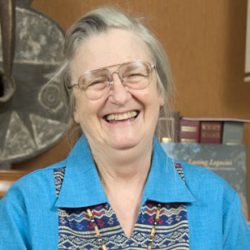Legal scholars seeking rigor in studying the law often turn to single-method solutions — statistical analyses of large data sets, for example, or lab studies. They might be surprised to hear two Nobel laureates in Economics talk about the importance of interdisciplinarity, of turning to many methods.
Elinor Ostrom, for example, combines field case studies and experimental lab work in her research. Using this combination, she contested longstanding assumptions about the possibility that groups of people could cooperate to solve common pool problems (as opposed to being regulated by the state or governed by the market). Check out her Nobel Prize presentation at:
http://www.nobelprize.org/mediaplayer/index.php?id=1223&view=1
And check out the following interview with Oliver Williamson and Elinor Ostrom, in which they discuss the importance of examining institutional contexts when performing economic analyses. There is a nice exchange toward the end about how much economists will miss if they ignore the knowledge offered by scholars in other fields.
http://www.nobelprize.org/mediaplayer/index.php?id=1223&view=1
Both Ostrom and Williamson agree that “top-down” panaceas or “cookie cutter” approaches to policy problems don’t work. They believe that policymakers need to give local people a chance to shape the systems used to allocate resources and resolve disputes. Sometimes, Ostrom points out, local solutions can be the most efficient and effective options.
This is a point of view that fits very well with anthropological research, which has for some time shown us the logic of local systems of knowledge — and the damage that can be done when “solutions” to problems are imposed from outside or above without adequate consultation.

